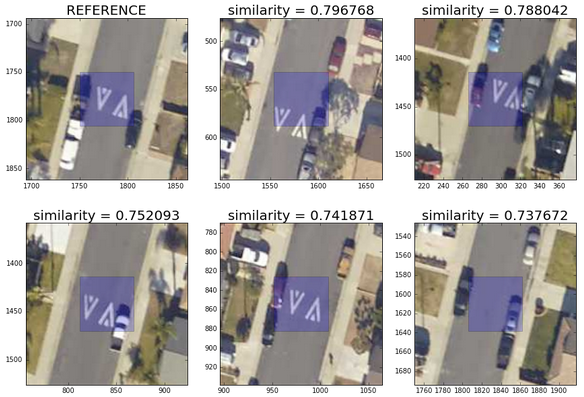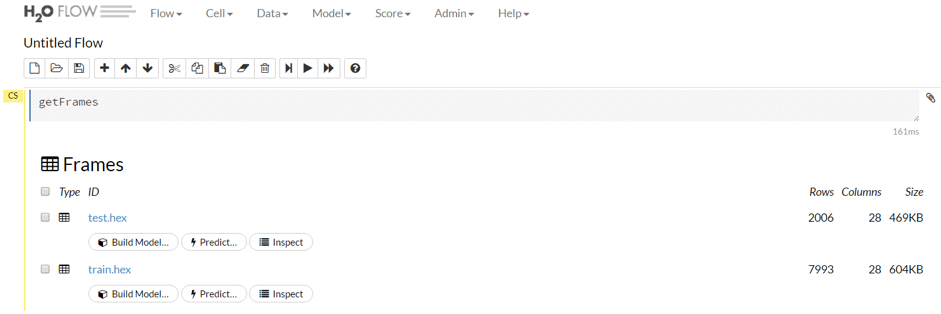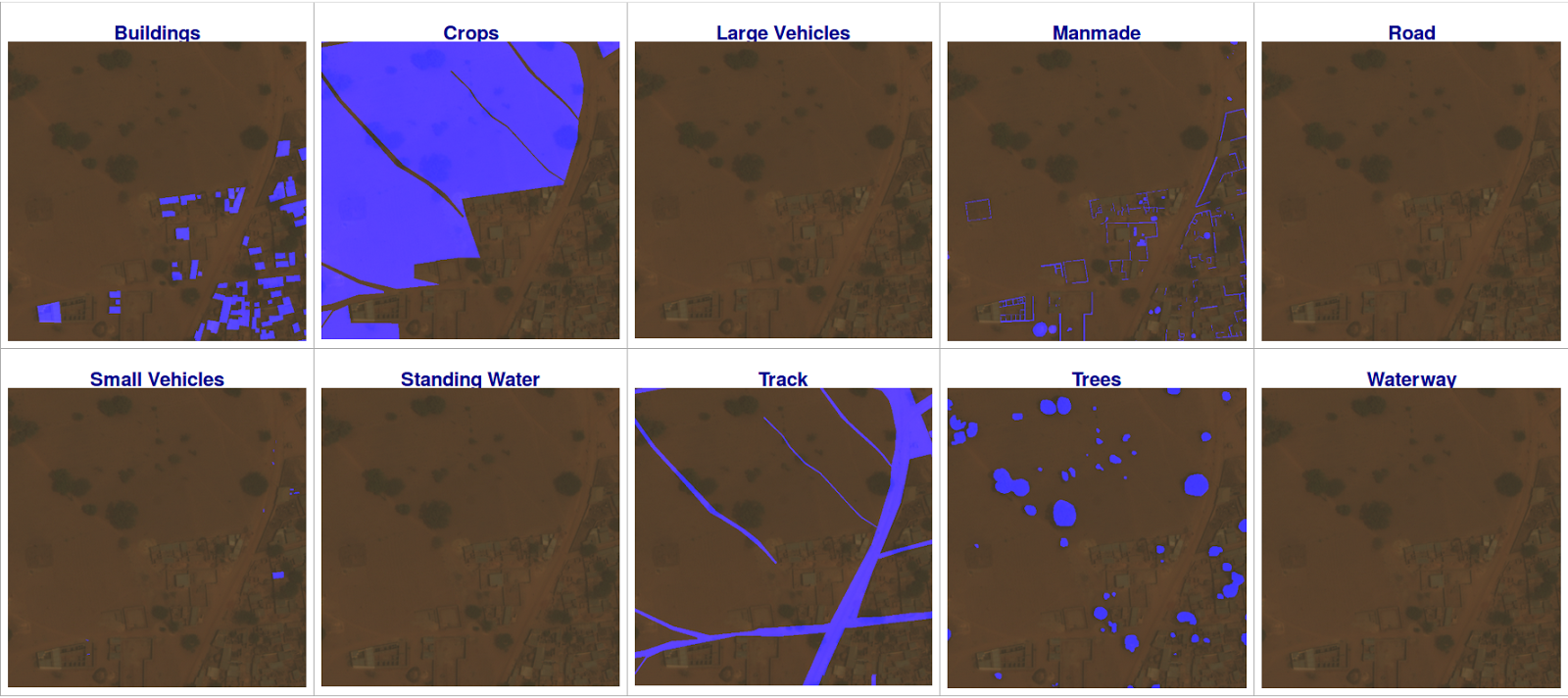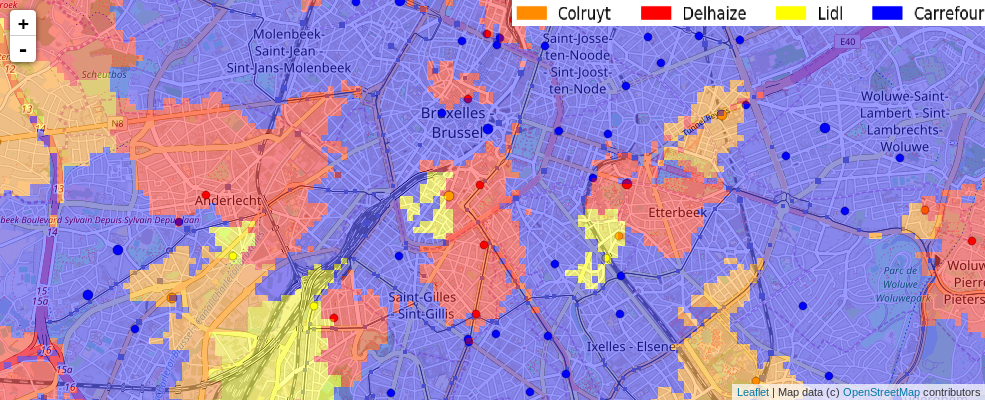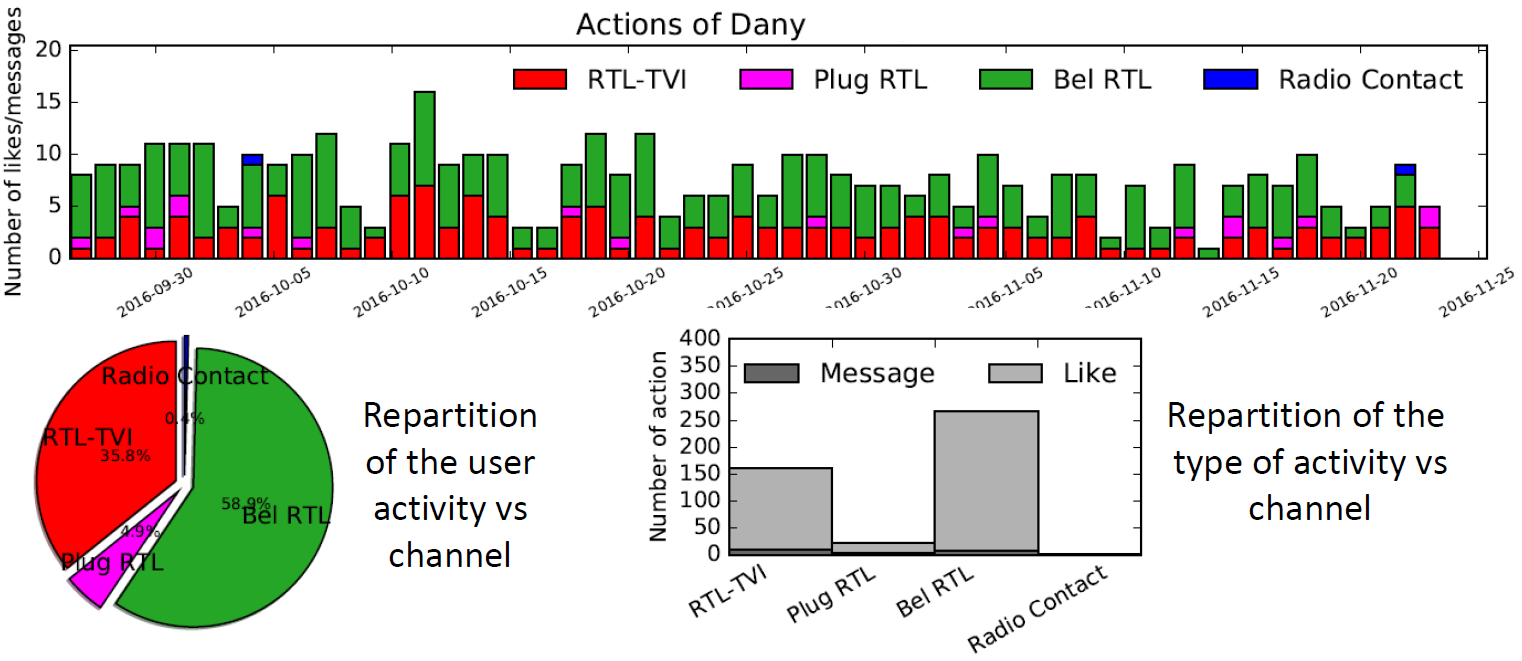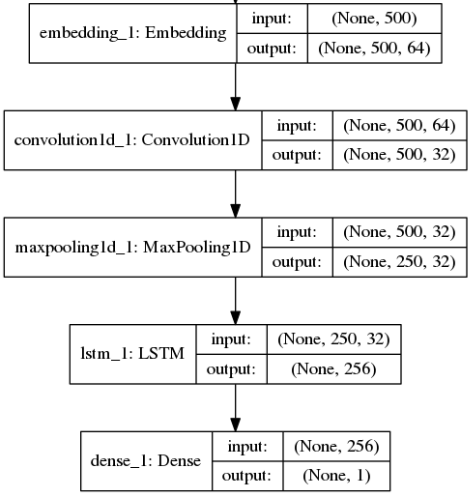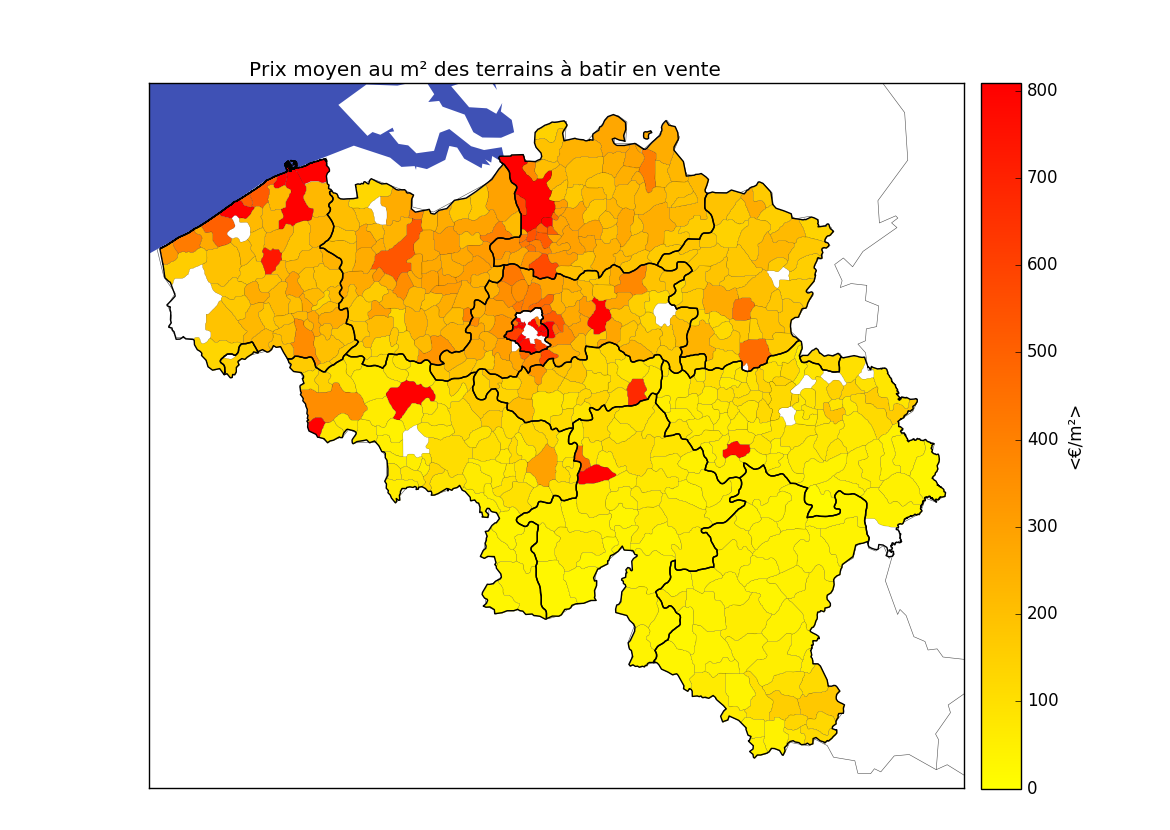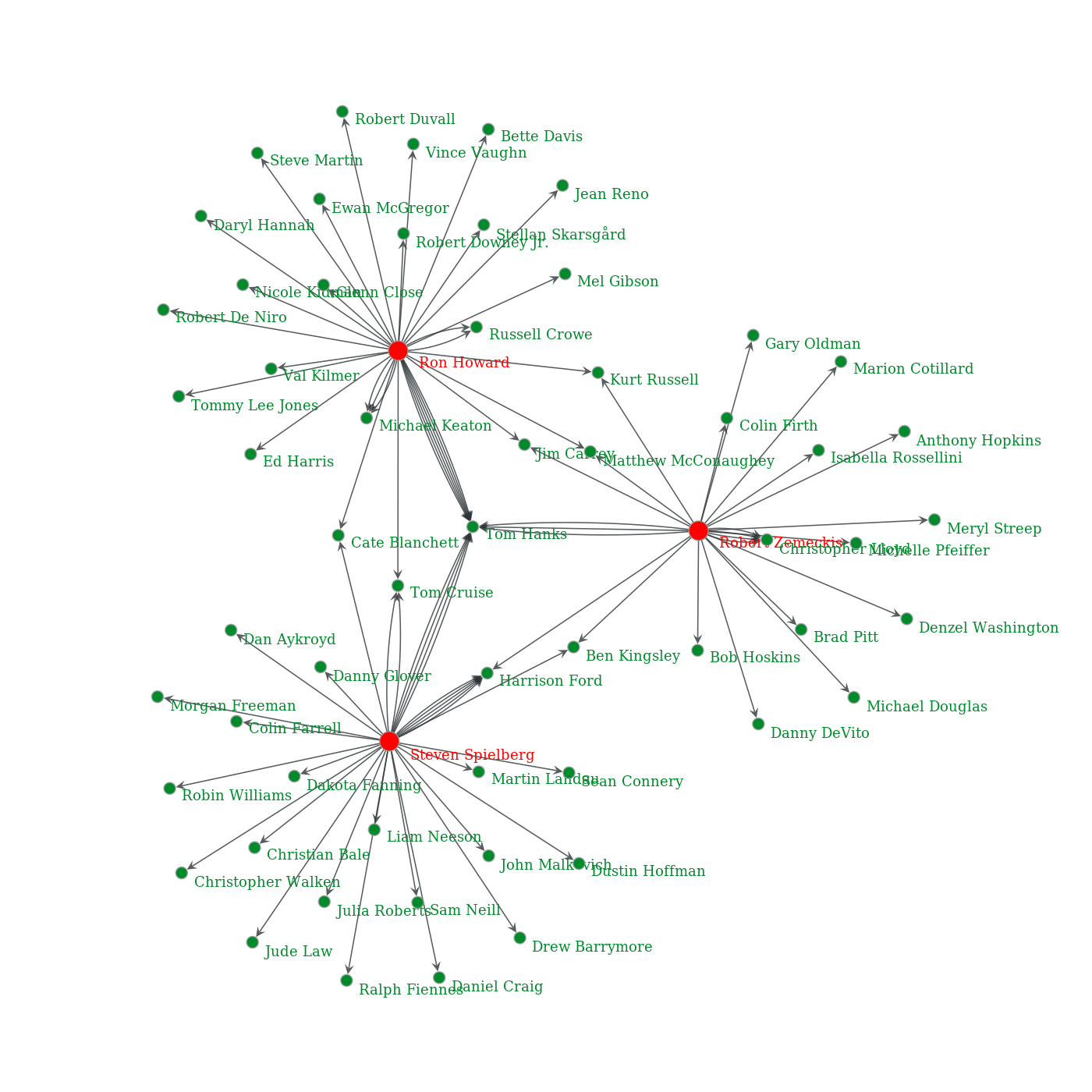In this blog post, we will build an Internet Of Thing (IoT) device based on the super cheap ESP8266 chip. The device is used to automate home shutters at a predefined time of the day or according to the house temperature in order to limit the temperature increase caused by sunlight.
Building a wifi based IoT device for home automation
Written by on in Business Case, Internet Of Things.
Last update on .

